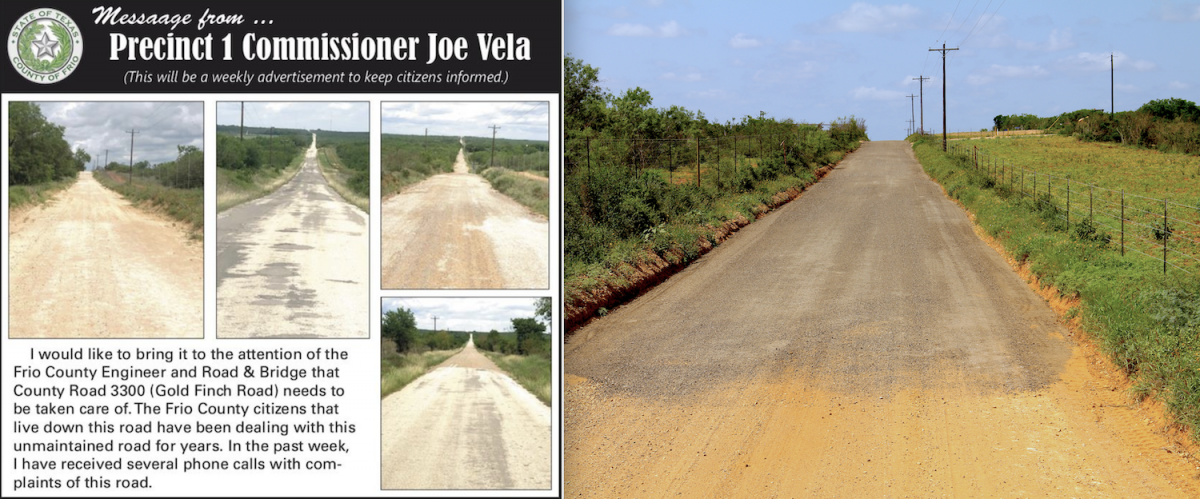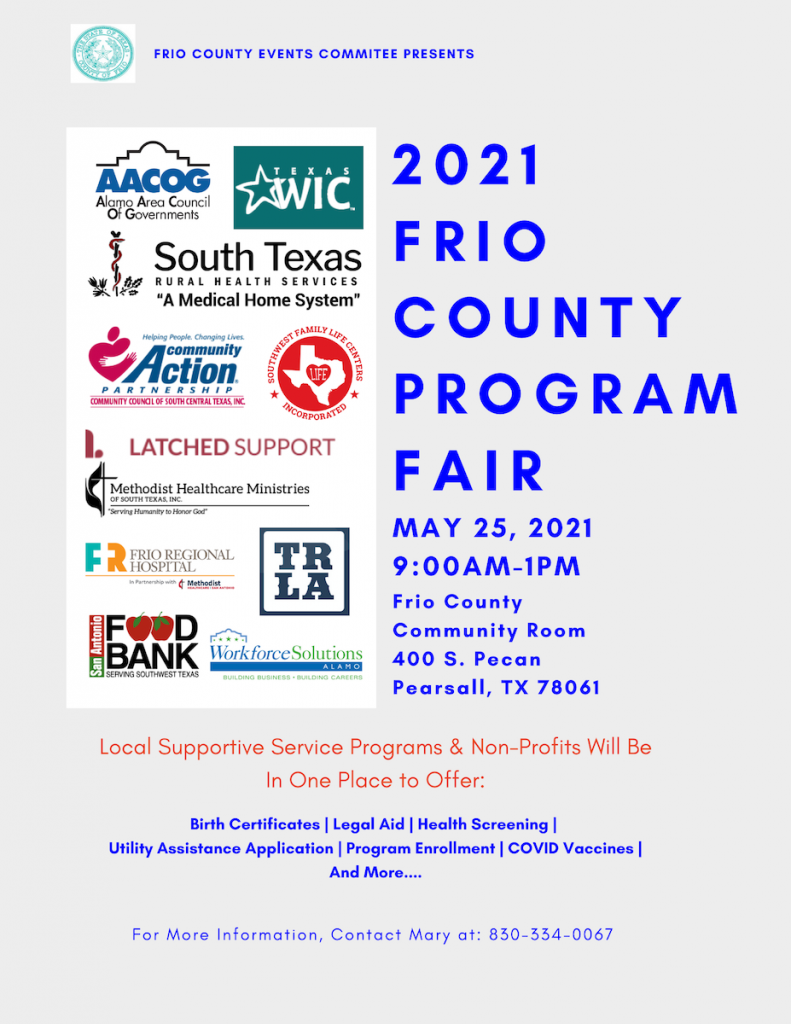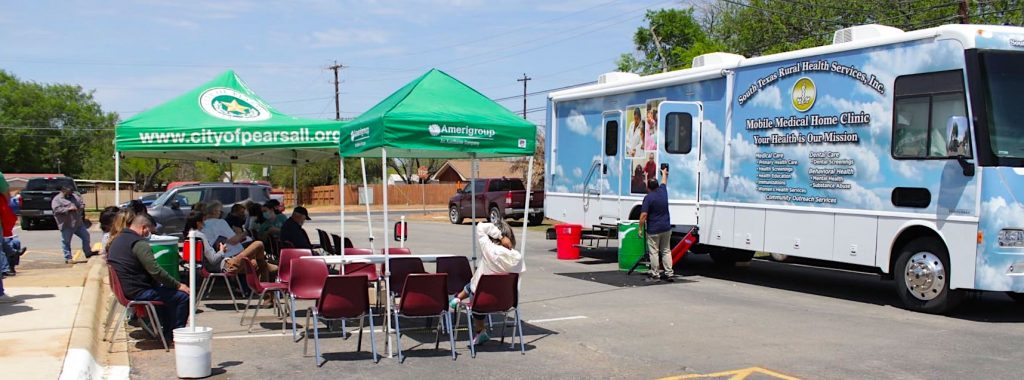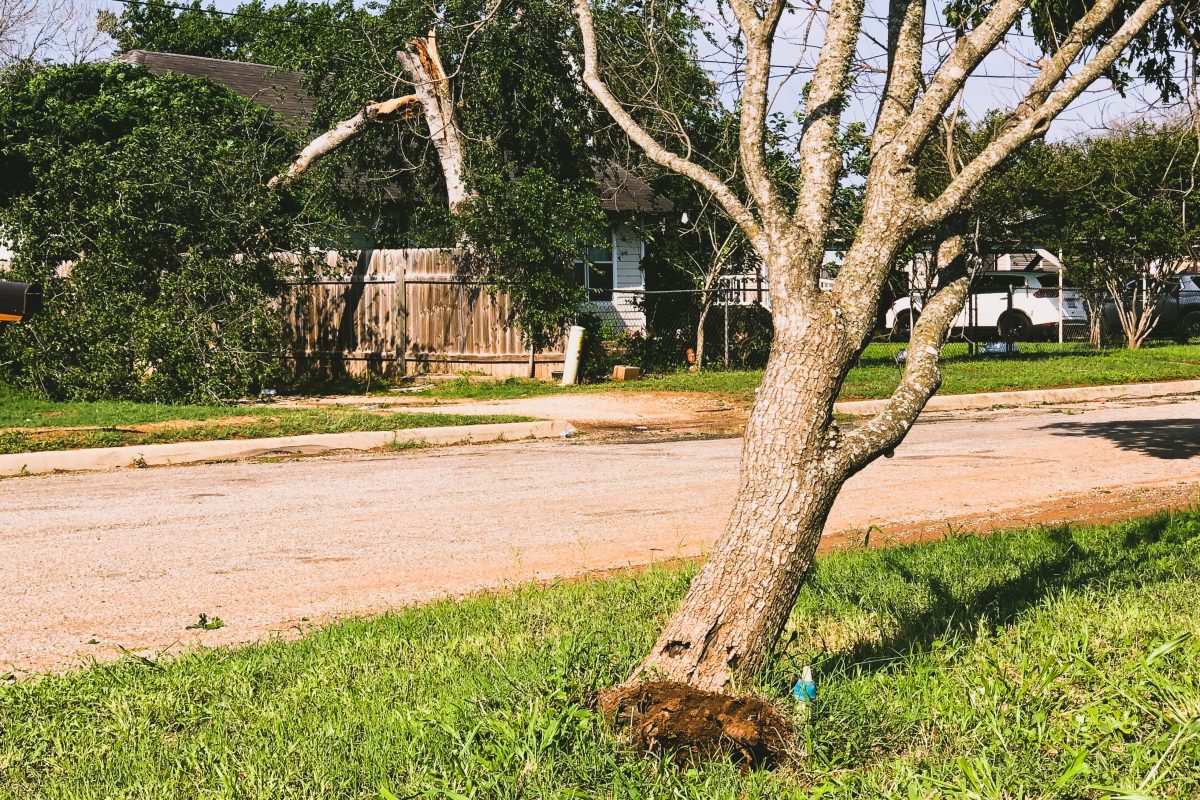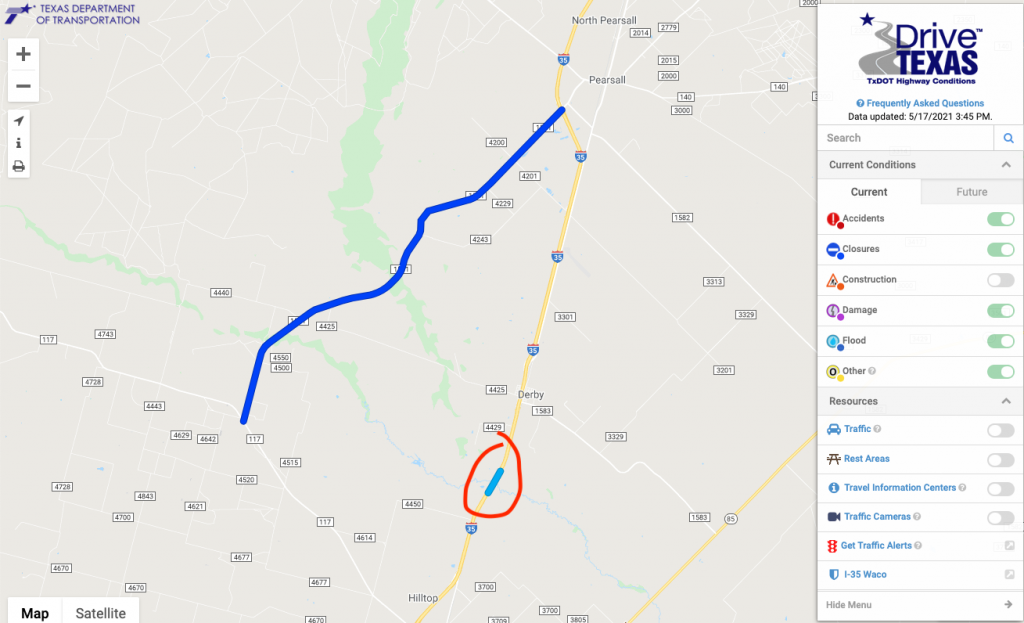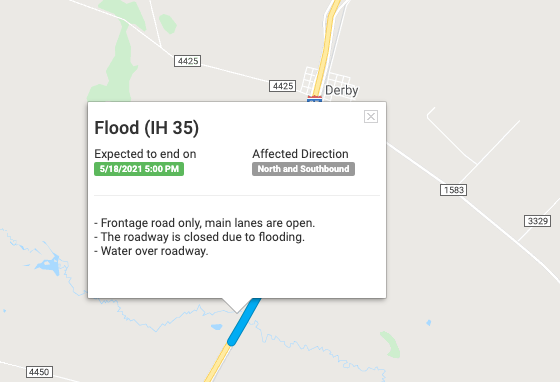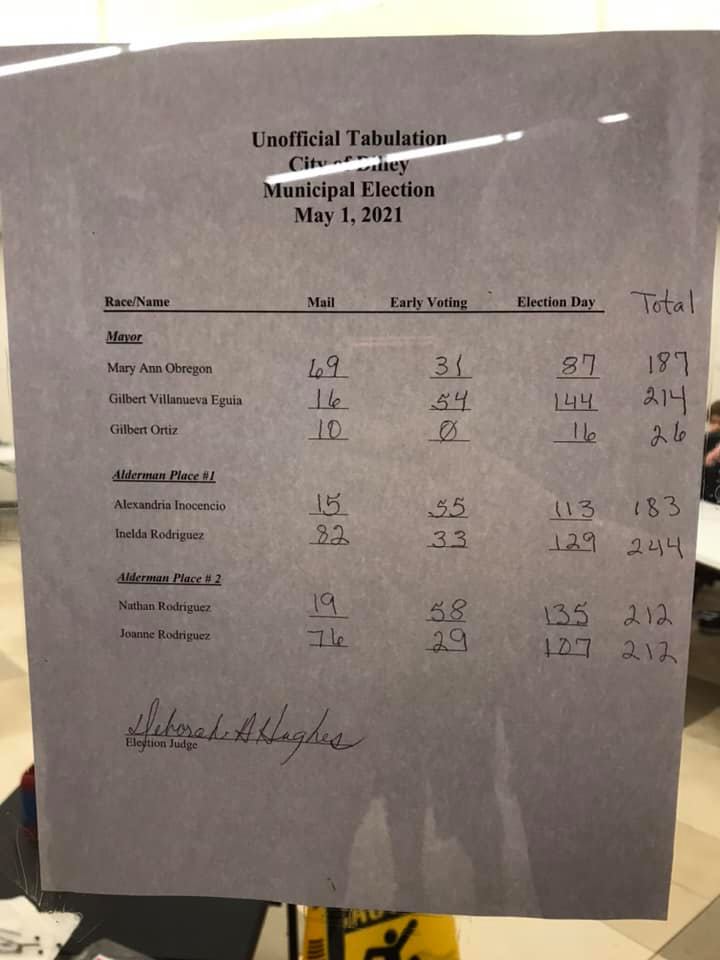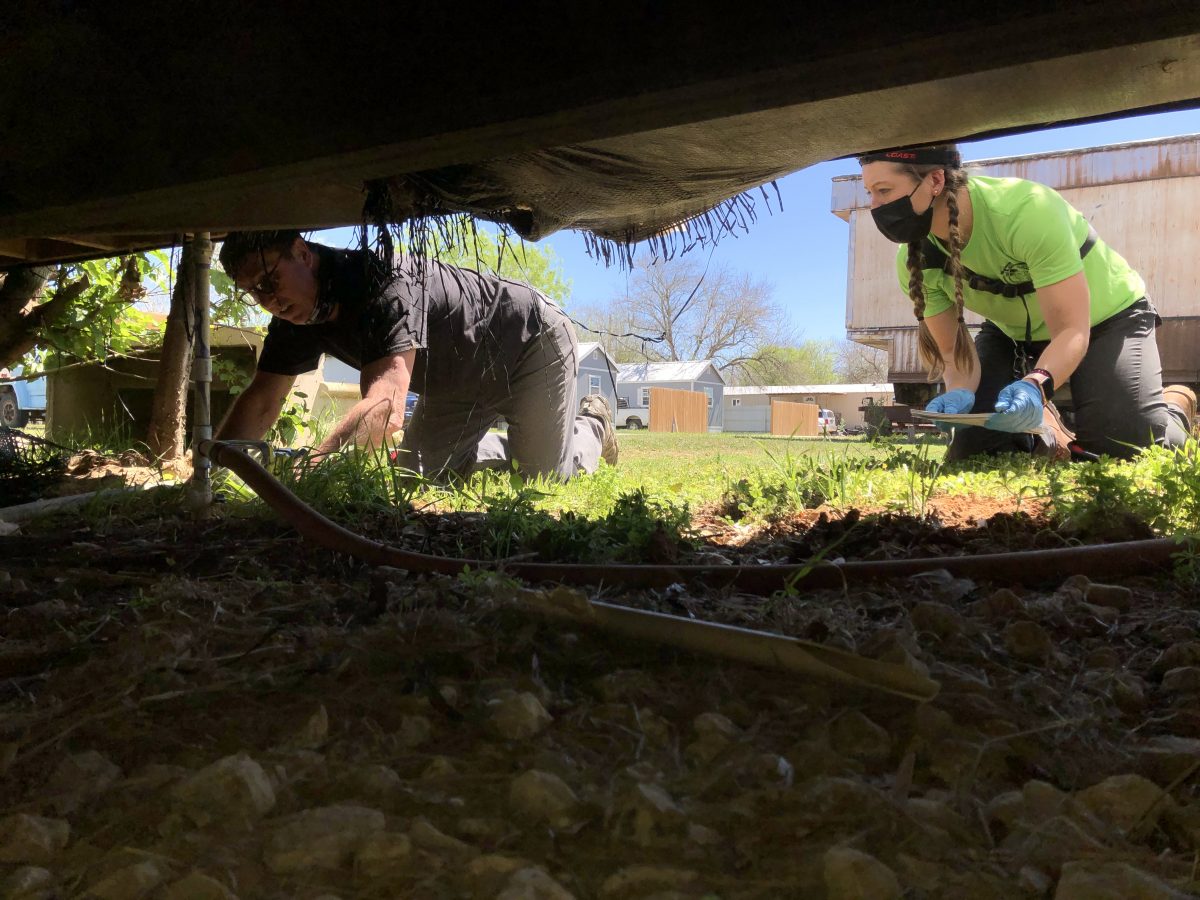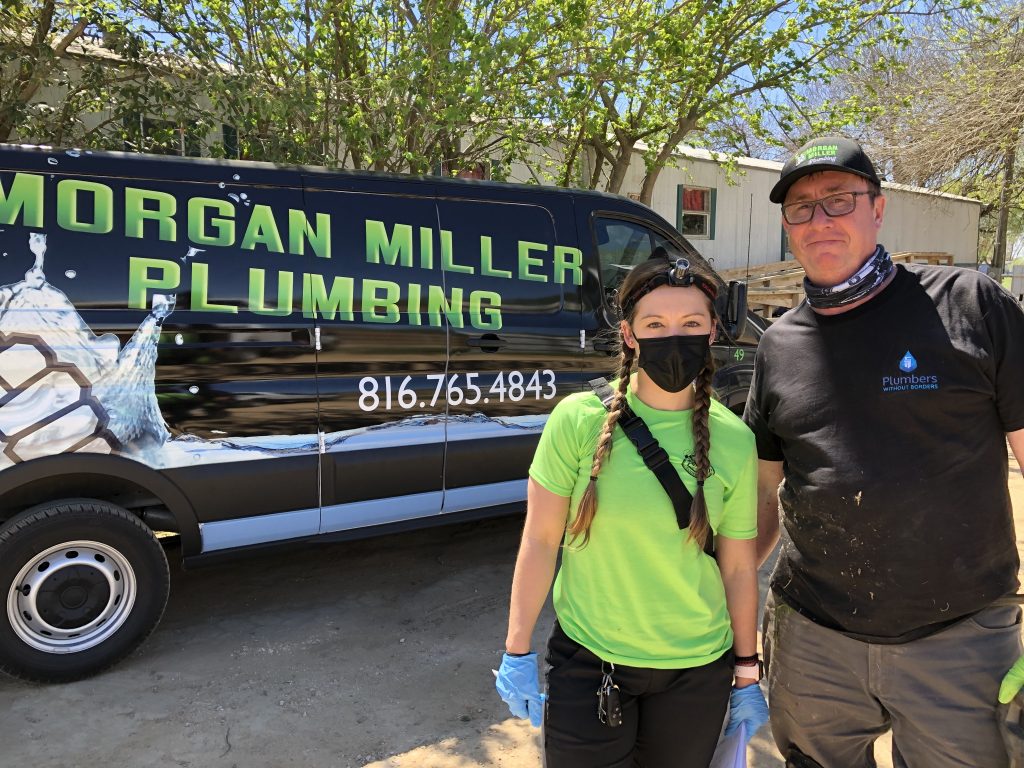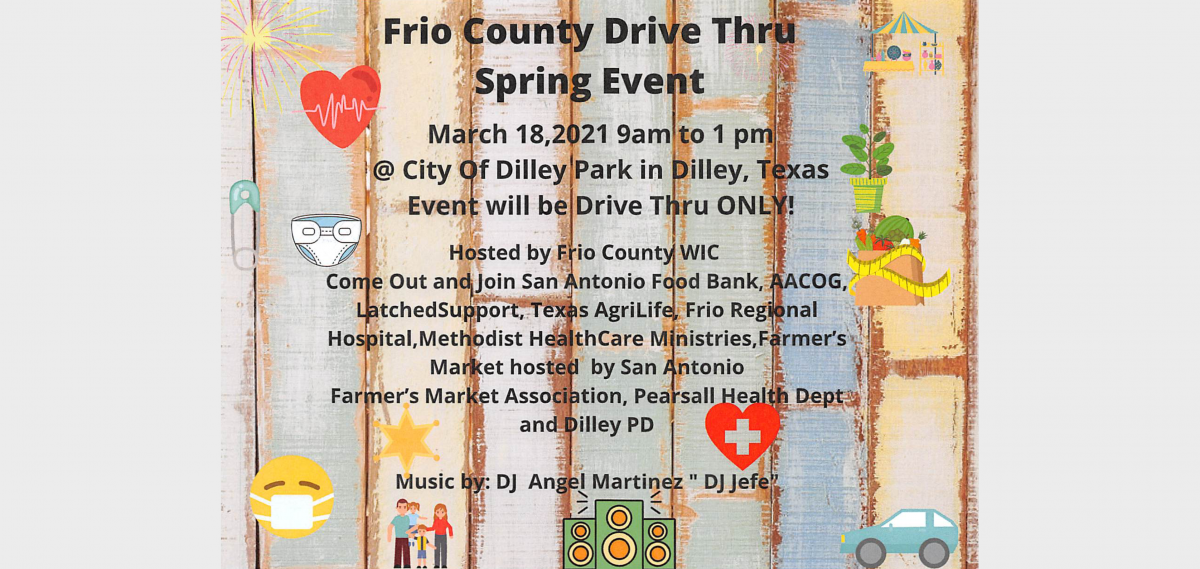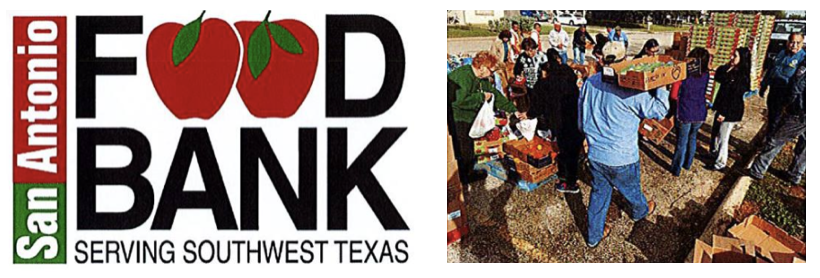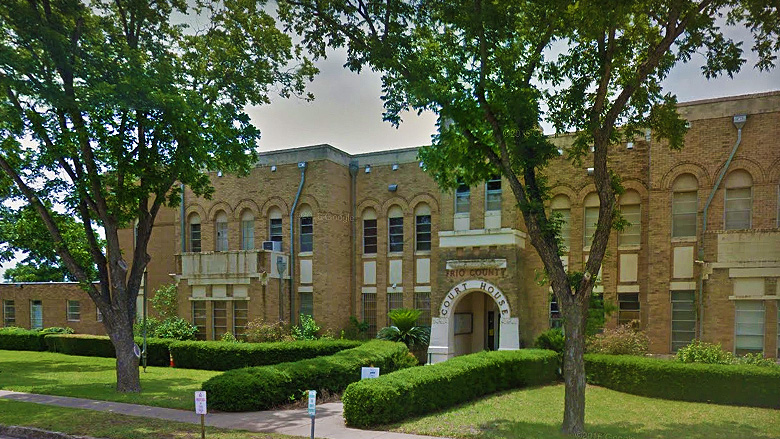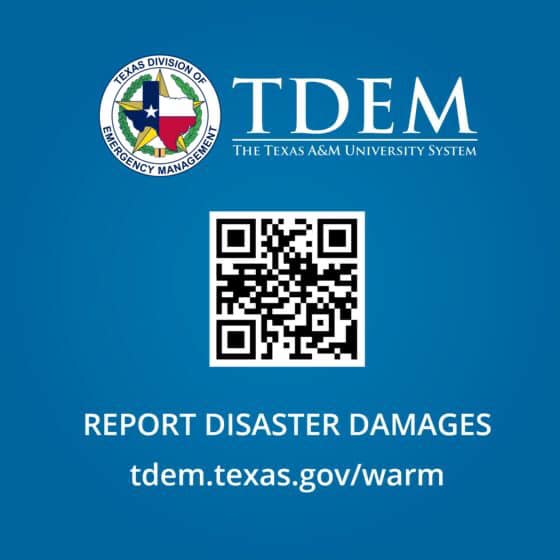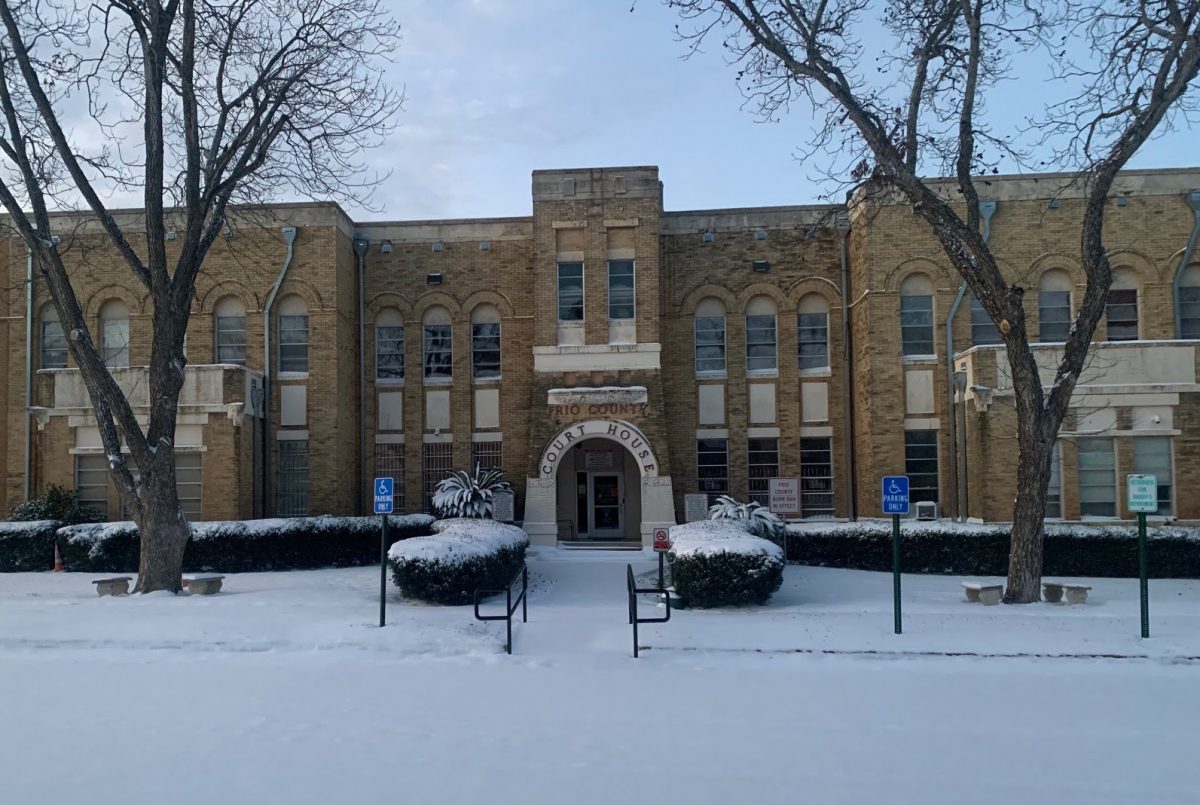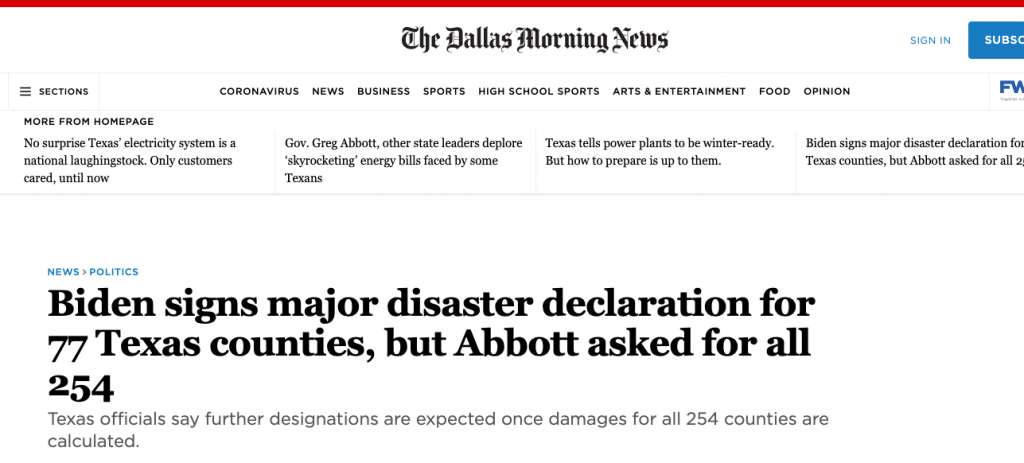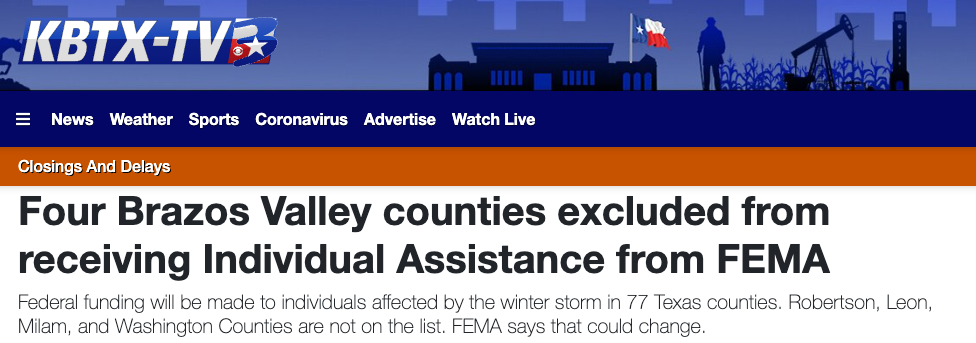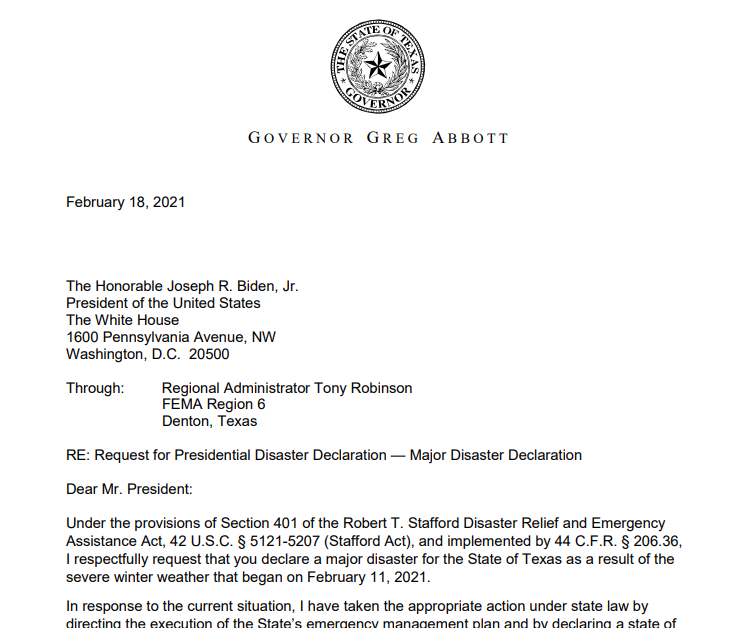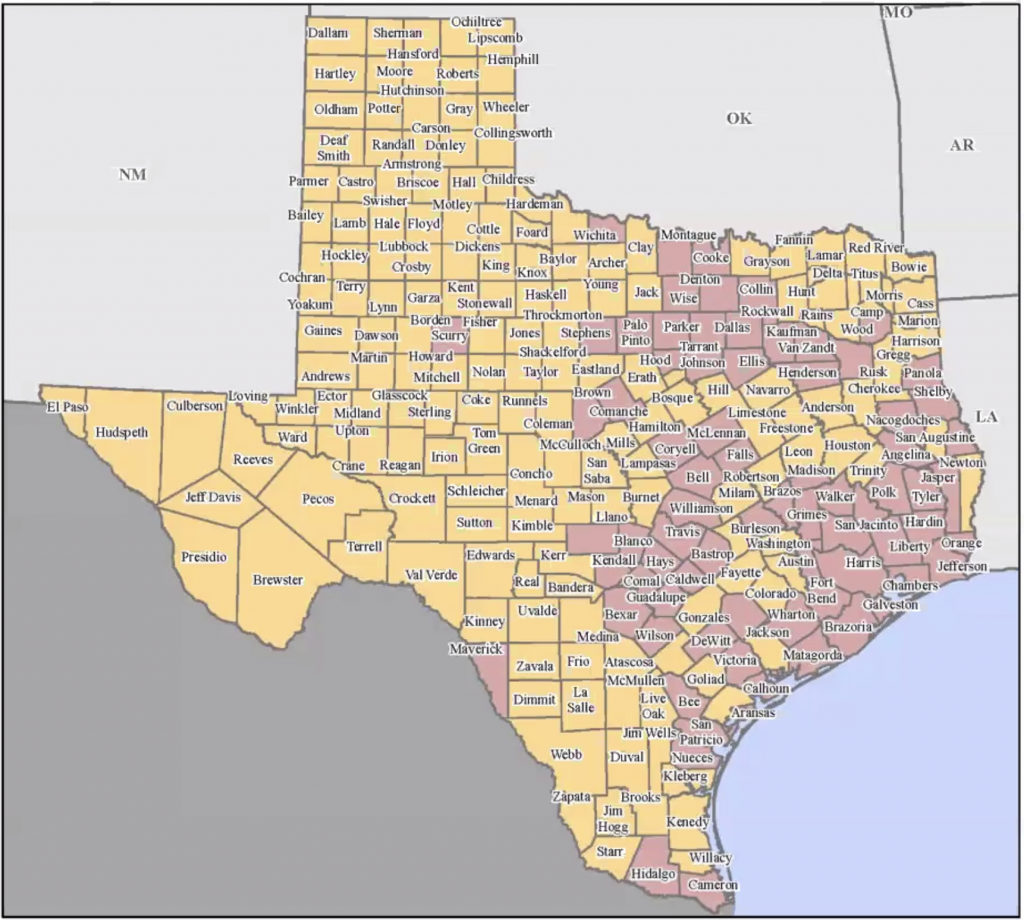THE PEOPLE HAVE TO KNOW
I asked Commissioner Joe Vela, Pct. 1, how residents liked his weekly newspaper column. Personally, I thought it was a good idea, and had been thinking about borrowing his concept.
“The people have to know,” he told me.
HOW ROAD & BRIDGE FUNCTIONS
After Commissioner Vela’s May 27th column, I asked him if I could post a follow up. Instead of simply highlighting county road problems, I thought it was necessary to communicate how Road & Bridge plans to address them.
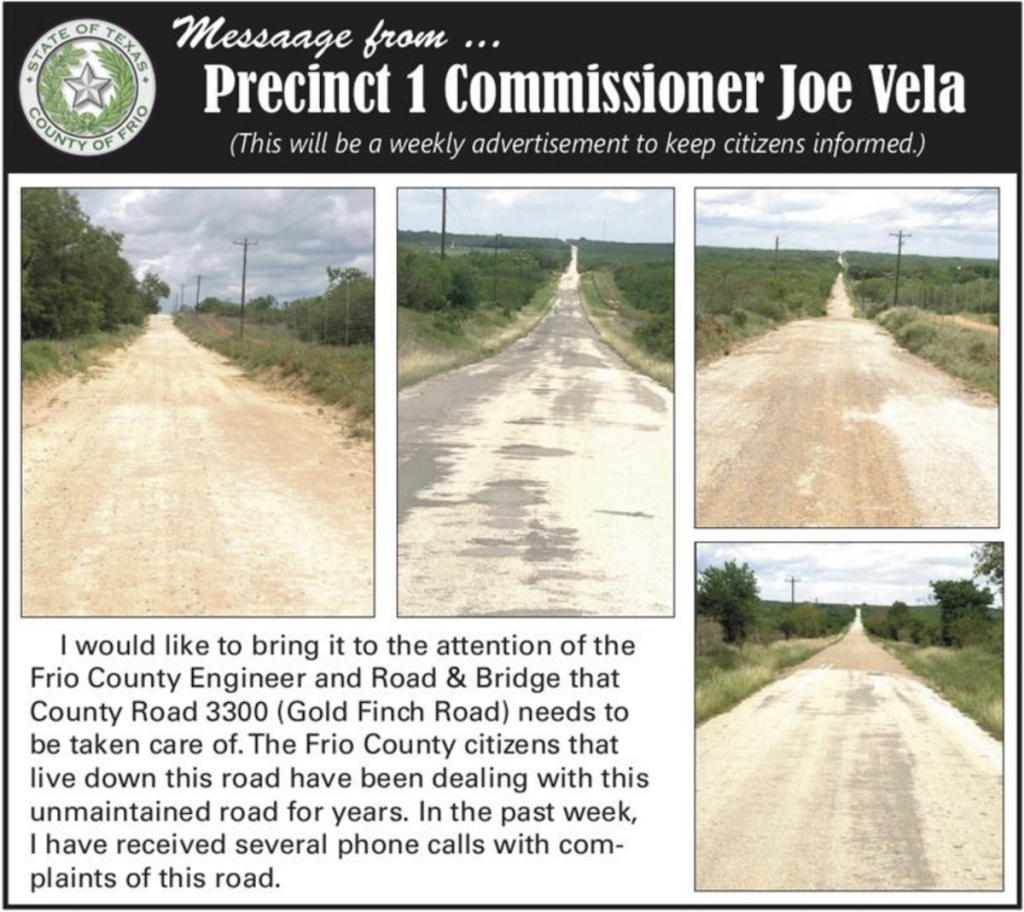
In addition to Commissioners Court meetings, we hold workshops– marathon meetings to discuss specific topics. So far this year, we’ve held two on the topic of Road & Bridge. The last Road & Bridge workshop was on May 20th, and we specifically addressed Goldfinch Road. Goldfinch Road is scheduled for a road rehabilitation project in the new fiscal year (October 2021-September 2022), unless Commissioners rearrange priorities based on unexpected damage elsewhere, or a significant drop in property tax revenue that forces project cuts.
If you’re curious to see how Road & Bridge dialogues with Commissioners Court, you can watch our 3-hour May 20th workshop here.
THE STORM SLOWED DOWN REGULAR MAINTENANCE
On a regular schedule, road maintenance is a full-time effort. But an unusual number of extreme storms this year has set back the maintenance program. Winter storm Uri’s freeze and thaw required an unscheduled response from Road & Bridge crews, compounded by heavy rains. May’s wake low wind storm pummeled trees into the roads, and clogged drainage systems across the county, using up Road & Bridge staff and equipment.
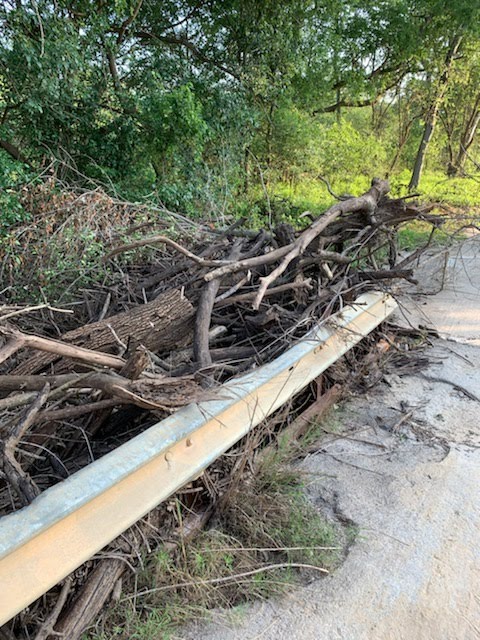
Once the trees were cleared and the drainage systems cleaned of major obstructions county-wide, Road & Bridge moved on to road patching. Depending on when you read this, Road & Bridge already patched or will patch storm damage in all precincts, including the aforementioned Goldfinch Road.
A CHANGE IN THE PATCHING PROCESS
Last year, Ancelmo “Chemo” Ornelas was promoted to Road & Bridge Supervisor. He knew the county’s long-time process for patching potholes wasn’t working.
“Just putting coal mix in the hole is not working, and hasn’t been for years,” he said. He remembered some lessons from the county engineer that had worked for Frio years ago- lessons that were promptly abandoned upon that same engineer’s firing. Under the direction of the current County Engineer Roxana Garcia, who started at the end of July 2019, Chemo works on re-training the crew on patching.
First, the hole is cleaned, a new step in the process. Then, the hole and fill material is treated with a tack emulsion- a sticky substance to hold the material together, in place, in the hole.
“It’s like a Rice Krispy Treat” County Engineer Roxana Garcia explained in layman’s terms. The added emulsion keeps water from penetrating the hole and displacing the fill material, she said, which is why Road & Bridge patches had been less than effective for so long.
Eventually, Chemo is going to add “squaring” the holes as part of the process, but can’t spare the added time right now due to overwhelming demand from the storms.
PRECINCT 4 | HURT ROAD
Hurt Road was not on Frio County’s project list for this fiscal year. But regular maintenance failed to stave off damage to the road. And then an unexpected increase in traffic due to an oil pad site installation caused the holes in the road to become a serious danger. Last month, Road & Bridge started a rehabilitation on Hurt Road.
Today, the Hurt Road project is about three-quarters complete. It’s another place where County Engineer Roxana Garcia and Road & Bridge Supervisor Acelmo “Chemo” Ornelas have made improvements to road work methods.
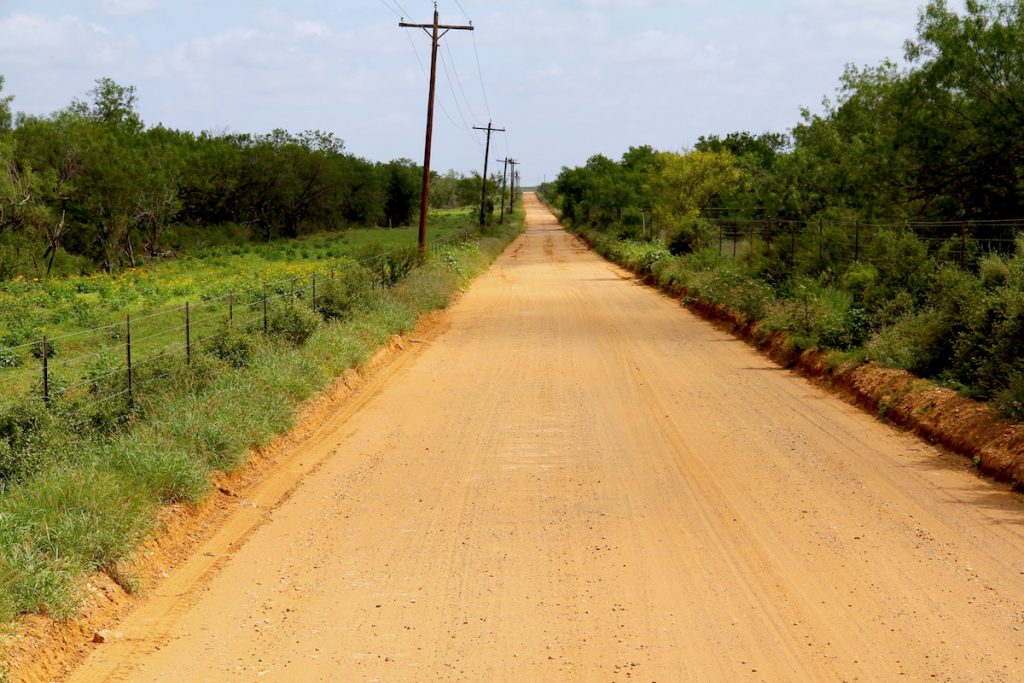
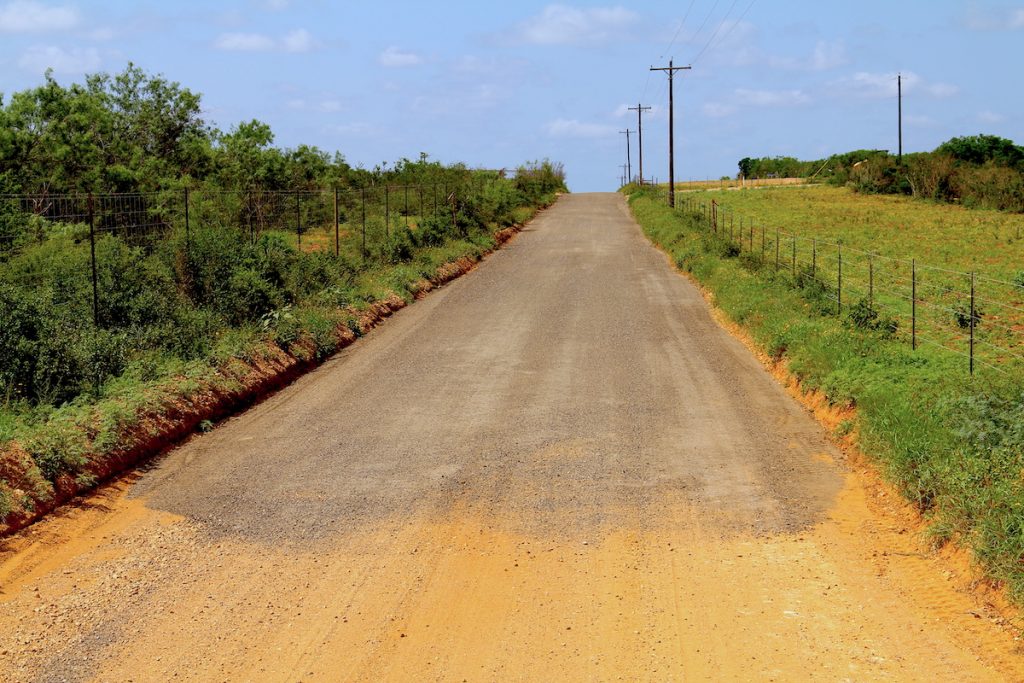
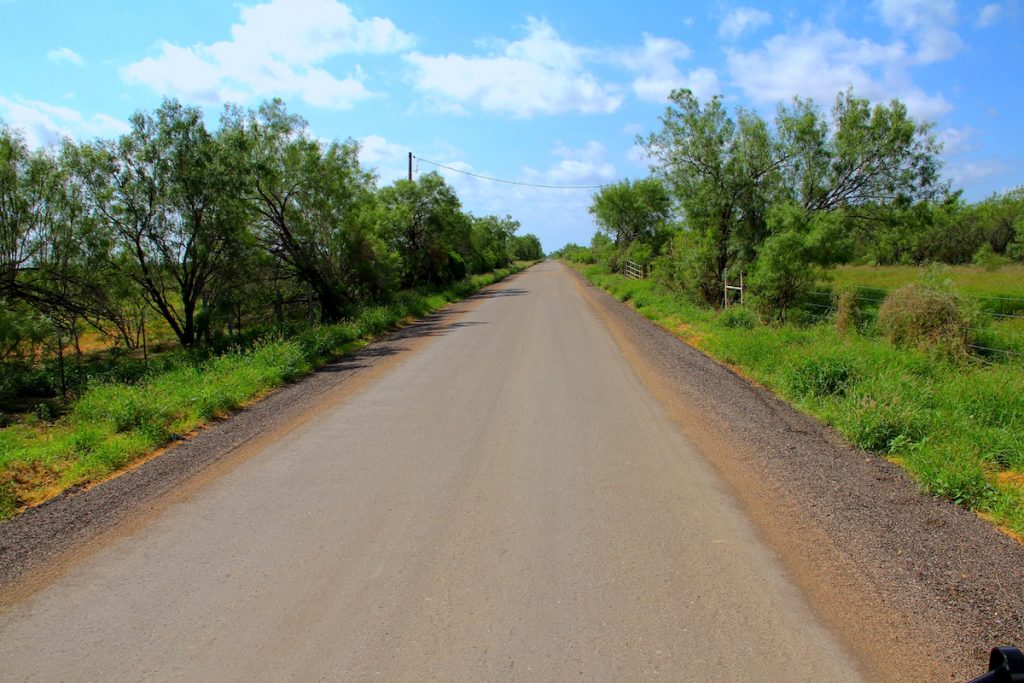
Previously, Road & Bridge used soft rock on road rehabilitation jobs. Soft rock, according to County Engineer Roxana Garcia, will either powder when graded or break into sharp flints that damage tires.
This time around Road & Bridge Supervisor Ancelmo “Chemo” Ornelas used millings donated* by TxDOT rather than soft rock, and the difference is immediately apparent. The plan is to build roads that last longer, “paving” the way for a more effective maintenance schedule…
–written by Jose Asuncion, County Commissioner, Pct. 4
*”Donated” doesn’t mean “free.” Donated material has to be hauled from location, which can be as far as San Antonio, and then stored. We opted to use Road & Bridge crews over hauling contractors. But even that has a cost- labor hours, equipment hours, and fuel. The hauling has taken months, but the payoff of higher quality materials has been evident.

